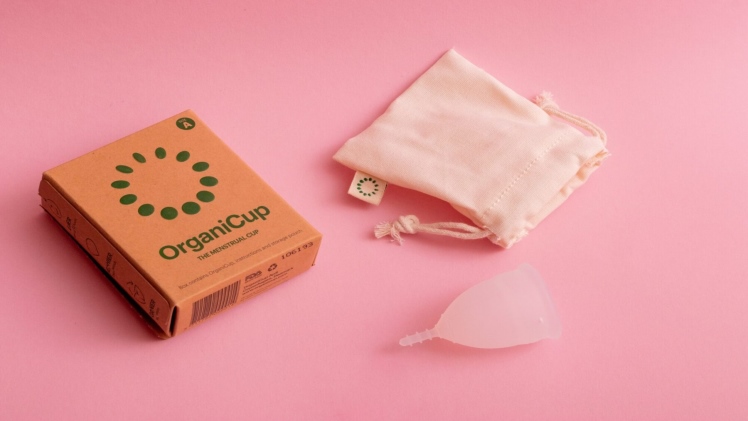Sustainable packaging refers to the creation and implementation of packaging strategies with the aim of reducing the environmental impact and taking into account the economic and social dimensions of packaging.
Sustainable packaging’s ultimate goal is to create a closed loop system in which materials can be reused and recycled as many times as possible.
There are many options for sustainable packaging. The most effective strategies depend on the product and the materials used.
Different packaging strategies
You have a variety of options to make your packaging more environmentally-friendly.
- Sharing disposal and recycling best practices
- Shipment in smaller packages
- Recycling packaging materials
- Packaging made from plants
- Alternatives to plastic that can be composted and biodegradable
- Avoid packaging in the supply chain, and use manufacturing partners who practice sustainable practices.
- Sharing disposal and recycling best practices
Your customers can be educated about the best way to recycle and dispose of their packaging. It is easy to share best practices by clearly labeling recyclable and reusable packaging. You can also use the recycle icon, or a slogan aimed at recycling.
Shipment in smaller packages
Reduce the amount of packaging you use to reduce your environmental footprint. For your products, you can use smaller containers, bags, and boxes. You can make your company more sustainable and reduce shipping costs. To reduce the size of your shipping containers, you can begin by buying smaller packing materials and using less filler material.
To see if the products can be placed in a different manner, you might try to make them fit into smaller packaging.
Recycling packaging materials
Recycled packaging materials are a great way to prolong the life of materials that have been used before. Paperboard cardboard is one of the most popular types of recycled packaging. The recycled paper pulp is used to create paperboard. Plastic single-use bags and plastic bottles are other materials.
Packaging made from plants
Plant-based packaging or Biobased Packaging is packaging made from biological sources such as mushrooms and seaweed. The product you are packaging will determine the use of biobased packaging. If you are shipping food, for example, then you will need a packaging material that protects your food without affecting its taste, such as bioplastics.
Alternatives to plastic that can be composted and biodegradable
Because the materials can be composted at both home and in commercial settings, it is a type of ecofriendly packaging. These packages often contain plant-based polymers that can be decomposed into compost.
Depending on the materials and quality, a commercial compost facility may be able to break down these packages in 90 days. Domestic compost conditions can take it down in 180 days.
Avoid packaging in the supply chain, and use manufacturing partners who practice sustainable practices.
Packaging materials are a common part of the retail supply chain. Packaging materials are plentiful in the retail supply chain. Products are often packaged, bagged, and baled before reaching your warehouse. This is why optimizing this process is important to minimize waste.
To optimize your supply chain, you will need to collaborate closely with vendors and suppliers. Take, for example:
- Forecasting accurately is key to ensuring that you don’t overproduce and over-order products.
- Combine shipments to reduce packaging material.
- Encourage your supply chain partners and suppliers to use sustainable packaging materials during the entire process.
Work with vendors, manufacturers, and suppliers who prioritize sustainability. Ask them about their sustainability practices, and visit their facilities before you sign any contracts.

